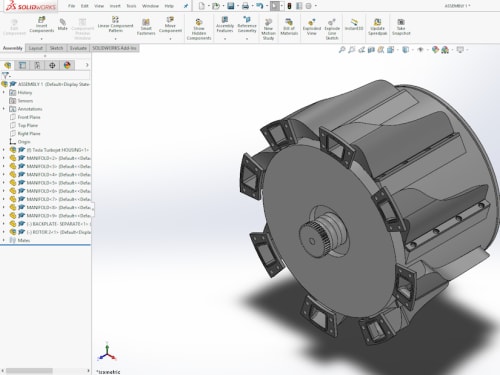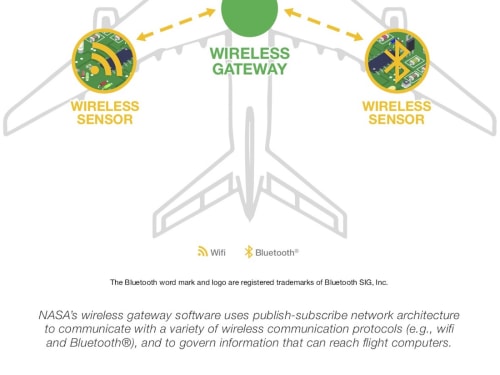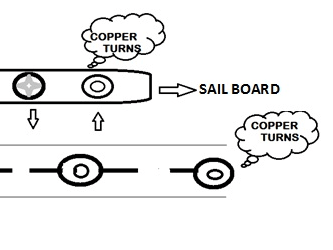2018
Aerospace & Defense
NASA's Langley Research Center has developed an inexpensive, long endurance vertical takeoff and landing UAV. It is capable of flying for 24 hours, landing in a 50 x 50 zone, and can be loaded into the back of a cargo van for easy transport. In addition, it can land in an either horizontal or vertical flight configuration.
An efficient, geared turbofan jet engine with reduced complexity and cost compared to conventional alternatives. I have talked with experienced technicians, as well as done some extensive research on the technologies involved, and have revised this concept over the past year and a half. As modeled, it is not 100% ready for commercial use,
At present and in the future, flying vehicles (as well as drones) will flourish. They needs compact and powerful engines, friendly to the environment. Four-stroke engines as well as turbine engines are not suitable. This engine will replace those engines.
Technical
The Wankel engine does not have a separate lubrication chamber.
NEED
Underground hydrocarbon spills (approximately 10m) are common, generated in hundreds each year worldwide. They are mainly due to the wear and tear of pipelines in the oil industry, insufficient maintenance of refineries or the wear and tear of storage tanks and pipes of those industries that use refined hydrocarbons to operate.
The invention provides a lighter,
The development and production costs for VTOL aircraft are very high. An obvious way to reduce these costs is to use components from the existent aircraft. Reusing a larger and highly complex component induces lower costs of development and production. In this presentation,
Wireless sensor technology offers considerable advantages for aerospace vehicles. In traditional hardwired avionics systems, sensor integration requires installation of literally tons of physical cable, resulting in significant increases in weight, development and maintenance cost, and time to make required repairs and modifications.
Despite the promise of wireless avionics systems,
This idea is to build a flying machine which can be anybody’s personal vehicle like a bicycle, bikes...etc. These devices will be more compact and will be designed like a skateboard which can fly. The person can float over the streets with this device.
Page 8 of 8








